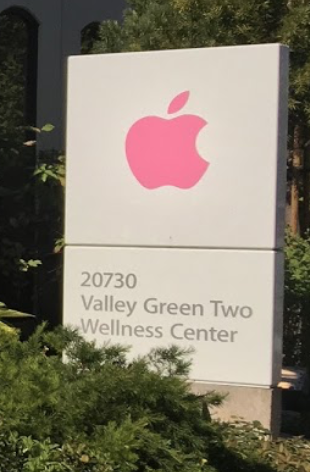Marco Arment:
Developers weren’t given access to make native apps until the iPhone’s second year. Before the native development kit was ready, Apple tried to pass off web apps as a “sweet solution” for third-party apps, but nobody was fooled.
Apple wasn’t using web apps for their own built-in iPhone apps — they were using native code and frameworks to make real apps. Developers like me did our best with web apps, but they sucked. We simply couldn’t make great apps without access to the real frameworks.
And:
Developing Apple Watch apps is extremely frustrating and limited for one big reason: unlike on iOS, Apple doesn’t give app developers access to the same watchOS frameworks that they use on Apple Watch.
Instead, we’re only allowed to use WatchKit, a baby UI framework that would’ve seemed rudimentary to developers even in the 1990s. But unlike the iPhone’s web apps, WatchKit doesn’t appear to be a stopgap — it seems to be Apple’s long-term solution to third-party app development on the Apple Watch.
And this from Gruber:
I’ve long given up on using any third-party apps on my Apple Watch, and I am so much happier for it. A year or two ago I would have been “Hell yeah”-ing this piece by Arment, but at this point I half feel like Apple should just get rid of third-party WatchOS apps and be done with it.
The one type app I think most people want is the one type of app Apple is never going to allow: custom watch faces. After that, the only thing good with Apple Watch is receiving (and responding to) notifications and fitness tracking.
All of this rings true to me. If you took all third party apps away and left me with notifications, fitness tracking, and complications that let me peer into that data, I might not even notice.
But if you opened the SDK to allow developers to build custom watch faces? I think we’d see some innovation or, at the very least, I’d have something closer to my dream watch.
My current setup is the most complication-rich of the watch faces, one that shows me:
- day/date
- current time
- the next upcoming calendar event
- outside temperature
- battery level
- music
Ideally, I’d love to add the Activities complication to that watch face. But I’d have to get rid of something first. But if someone could build a sliding complication that allowed me to swipe to the side to access additional complications, well I’d be all set.
And that’s just one tiny idea. If Apple opened up WatchKit, gave developers more to work with, I suspect we’d see some really great usable stuff emerge.


